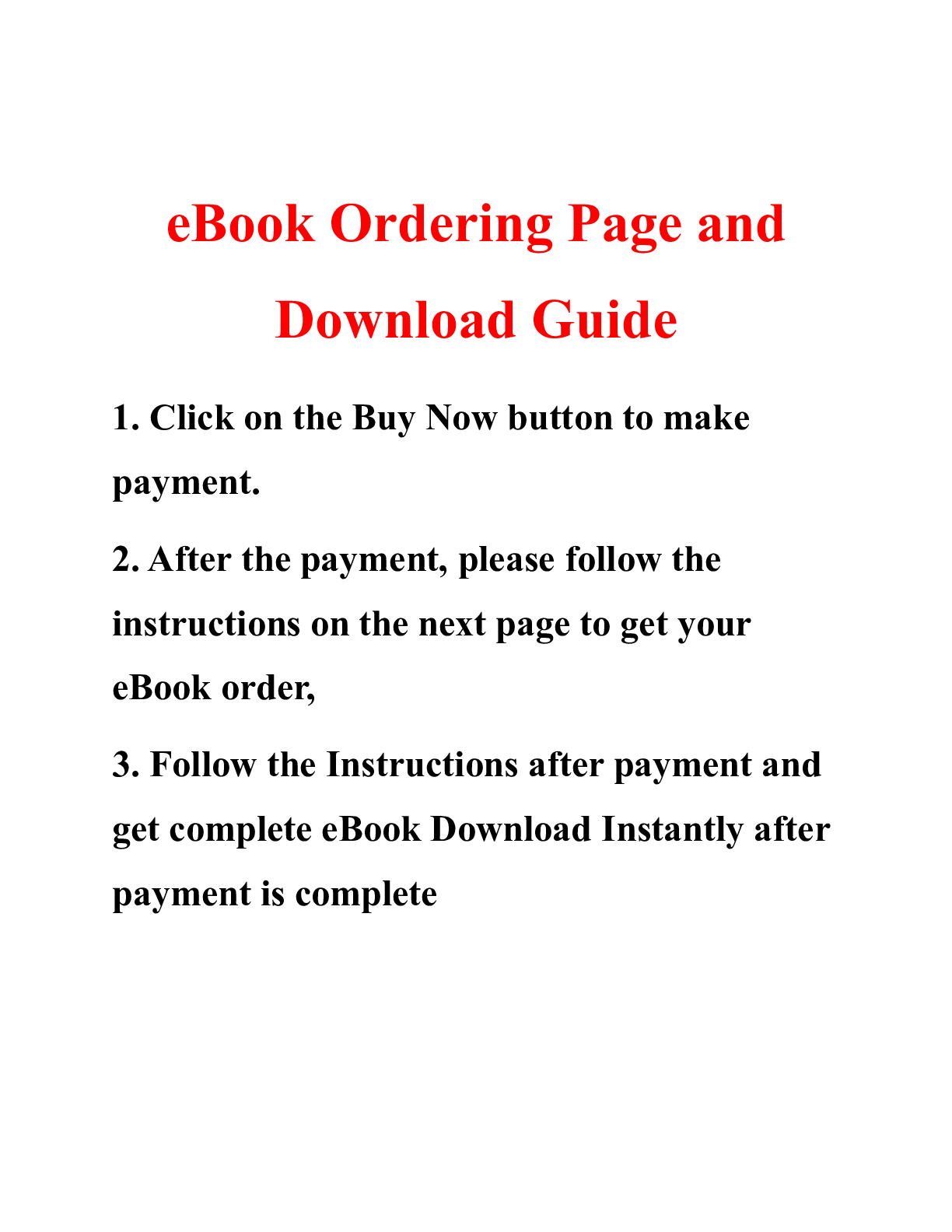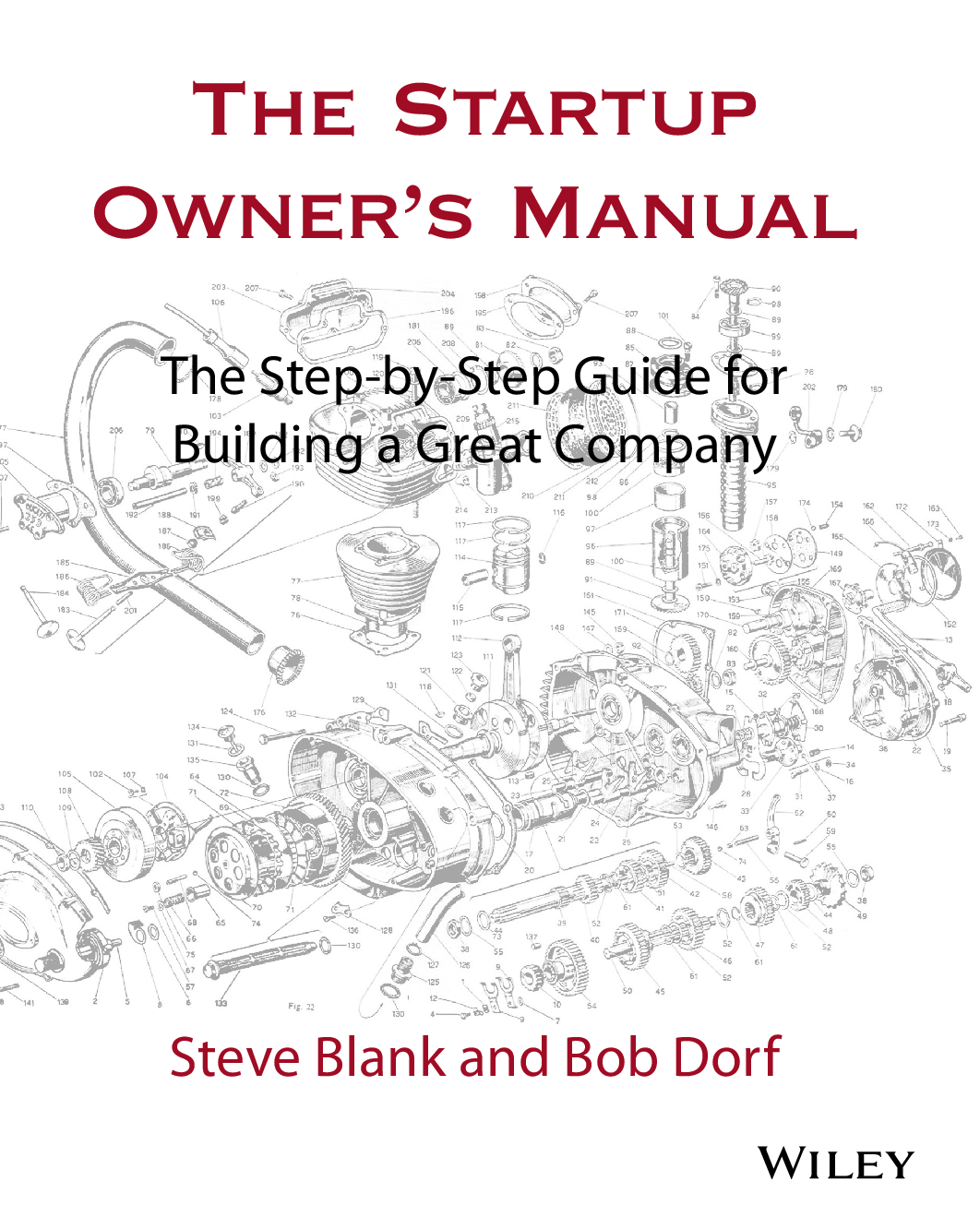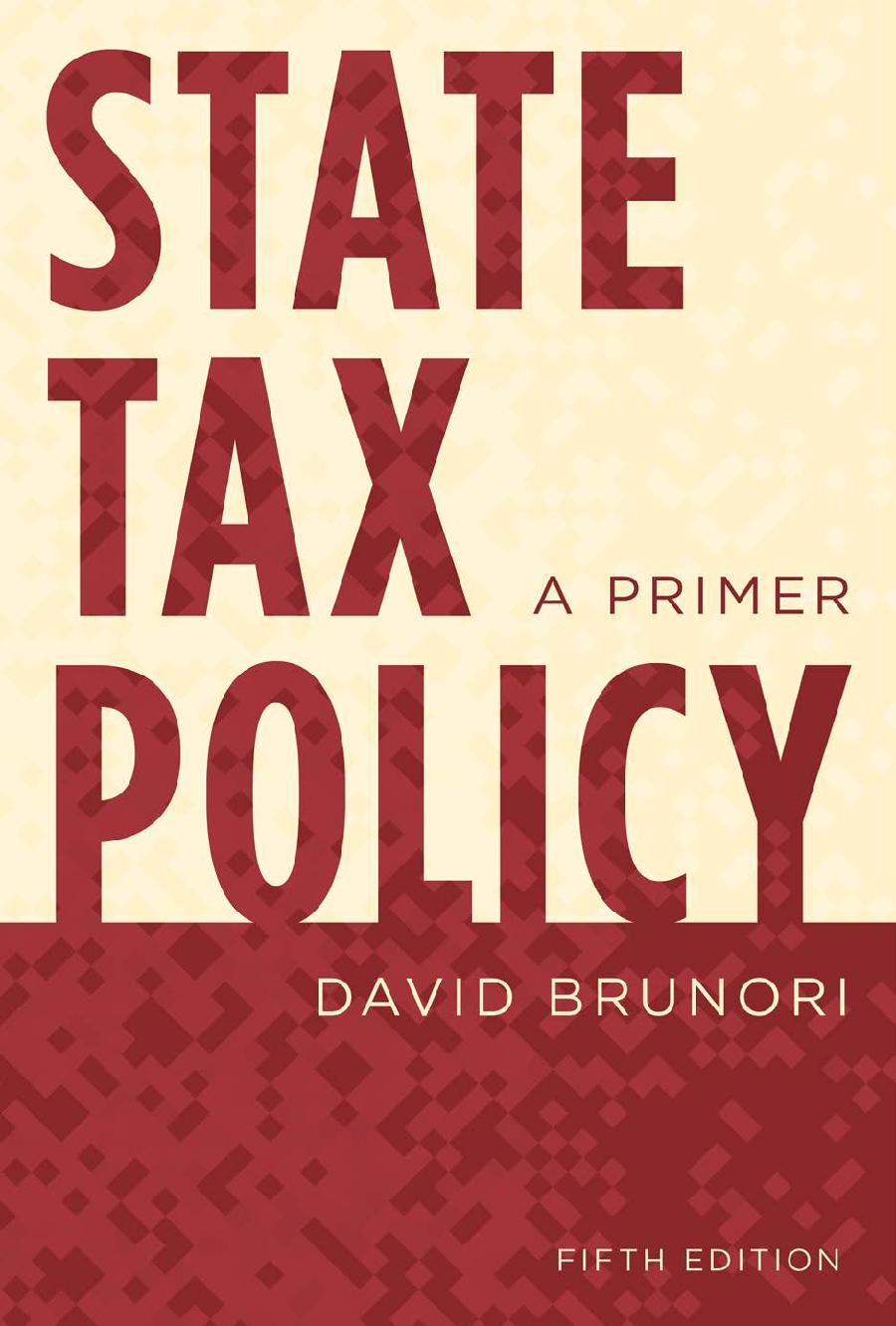Engineering > eBook-PDF > [eBook] [PDF] Engineering Fundamentals An Introduction to Engineering 5th Edition By Saeed Moaveni (All)
[eBook] [PDF] Engineering Fundamentals An Introduction to Engineering 5th Edition By Saeed Moaveni
Document Content and Description Below
IFC Title Statement Copyright Contents Preface References Acknowledgments Preface to the SI Edition Part 1: Engineering Ch 1: Introduction to the Engineering Profession Ch 1: Learning Objec ... tives 1.1: Engineering Work Is All Around You 1.2: Engineering as a Profession 1.3: Common Traits of Good Engineers 1.4: Engineering Disciplines Ch 1: Summary Ch 1: Key Terms Ch 1: Problems Ch 2: Preparing for an Engineering Career Ch 2: Learning Objectives 2.1: Making the Transition from High School to College 2.2: Budgeting Your Time 2.3: Study Habits and Strategies 2.4: Getting Involved with an Engineering Organization 2.5: Your Graduation Plan Ch 2: Summary Ch 2: Key Terms Ch 3: Introduction to Engineering Design Ch 3: Learning Objectives 3.1: Engineering Design Process 3.2: Additional Design Considerations 3.3: Teamwork 3.4: Project Scheduling and the Task Chart 3.5: Engineering Standards and Codes 3.6: Water and Air Standards in the United States Ch 3: Summary Ch 3: Key Terms Ch 3: Problems Ch 4: Engineering Communication Ch 4: Learning Objectives 4.1: Communication Skills and Presentation of Engineering Work 4.2: Basic Steps Involved in the Solution of Engineering Problems 4.3: Written Communication 4.4: Oral Communication 4.5: Graphical Communication Ch 4: Summary Ch 4: Key Terms Ch 4: Problems Ch 5: Engineering Ethics Ch 5: Learning Objectives 5.1: Engineering Ethics 5.2: The Code of Ethics of the National Society of Professional Engineers 5.3: Engineer’s Creed Ch 5: Summary Ch 5: Key Terms Ch 5: Problems Part 2: Engineering Fundamentals Ch 6: Fundamental Dimensions and Units Ch 6: Learning Objectives 6.1: Fundamental Dimensions and Units 6.2: Systems of Units 6.3: Unit Conversion and Dimensional Homogeneity 6.4: Significant Digits (Figures) 6.5: Components and Systems 6.6: Physical Laws and Observations Ch 6: Summary Ch 6: Key Terms Ch 6: Problems Ch 7: Length and Length-Related Variables in Engineering Ch 7: Learning Objectives 7.1: Length as a Fundamental Dimension 7.2: Ratio of Two Lengths—Radians and Strain 7.3: Area 7.4: Volume 7.5: Second Moment of Area Ch 7: Summary Ch 7: Key Terms Ch 7: Problems Ch 8: Time and Time-Related Variables in Engineering Ch 8: Learning Objectives 8.1: Time as a Fundamental Dimension 8.2: Measurement of Time 8.3: Periods and Frequencies 8.4: Flow of Traffic 8.5: Engineering Variables Involving Length and Time Ch 8: Summary Ch 8: Key Terms Ch 8: Problems Ch 9: Mass and Mass-Related Variables in Engineering Ch 9: Learning Objectives 9.1: Mass as a Fundamental Dimension 9.2: Density, Specific Weight, Specific Gravity, and Specific Volume 9.3: Mass Flow Rate 9.4: Mass Moment of Inertia 9.5: Momentum 9.6 Conservation of Mass Ch 9: Summary Ch 9: Key Terms Ch 9: Problems Ch 10: Force and Force-Related Variables in Engineering Ch 10: Learning Objectives 10.1: Force 10.2: Newton’s Laws in Mechanics 10.3: Moment, Torque—Force Acting at a Distance 10.4: Work—Force Acting Over a Distance 10.5: Pressure and Stress—Force Acting Over an Area 10.6: Linear Impulse—Force Acting Over Time Ch 10: Summary Ch 10: Key Terms Ch 10: Problems Ch 11: Temperature and Temperature-Related Variables in Engineering Ch 11: Learning Objectives 11.1: Temperature as a Fundamental Dimension 11.2: Temperature Difference and Heat Transfer 11.3: Thermal Comfort 11.4: Heating Values of Fuels 11.5: Degree-Days and Energy Estimation 11.6: Additional Temperature-Related Material Properties Ch 11: Summary Ch 11: Key Terms Ch 11: Problems Ch 12: Electric Current and Related Variables in Engineering Ch 12: Learning Objectives 12.1: Electric Current, Voltage, and Electric Power 12.2: Electrical Circuits and Components 12.3: Electric Motors 12.4: Lighting Systems Ch 12: Summary Ch 12: Key Terms Ch 12: Problems Ch 13: Energy and Power Ch 13: Learning Objectives 13.1: Work, Mechanical Energy, and Thermal Energy 13.2: Conservation of Energy 13.3: Power 13.4: Efficiency 13.5 Energy Sources, Generation, and Consumption Ch 13: Summary Ch 13: Key Terms Ch 13: Problems Part 3: Computational Engineering Tools Ch 14: Computational Engineering Tools Electronic Spreadsheets Ch 14: Learning Objectives 14.1: Microsoft Excel Basics 14.2: Excel Functions 14.3: Plotting with Excel 14.4: Matrix Computation with Excel 14.5: An Introduction to Excel’s Visual Basic for Applications Ch 14: Summary Ch 14: Key Terms Ch 14: Problems Ch 15: Computational Engineering Tools MATLAB Ch 15: Learning Objectives 15.1: MATLAB Basics 15.2: MATLAB Functions, Loop Control, and Conditional Statements 15.3: Plotting with MATLAB 15.4: Matrix Computations with MATLAB 15.5: Symbolic Mathematics with MATLAB Ch 15: Summary Ch 15: Key Terms Ch 15: Problems Part 4: Engineering Graphical Communication Ch 16: Engineering Drawings and Symbols Ch 16: Learning Objectives 16.1: Mechanical Drawings 16.2: Civil, Electrical, and Electronic Drawings 16.3: Solid Modeling 16.4: Engineering Symbols Ch 16: Summary Ch 16: Key Terms Ch 16: Problems Part 5: Engineering Material Selection Ch 17: Engineering Materials Ch 17: Learning Objectives 17.1: Material Selection and Origin 17.2: The Properties of Materials 17.3: Metals 17.4: Concrete 17.5: Wood, Plastics, Silicon, Glass, and Composites 17.6: Fluid Materials: Air and Water Ch 17: Summary Ch 17: Key Terms Ch 17: Problems Part 6: Mathematics, Statistics, and Engineering Economics Ch 18: Mathematics in Engineering Ch 18: Learning Objectives 18.1: Mathematical Symbols and Greek Alphabet 18.2: Linear Models 18.3: Nonlinear Models 18.4: Exponential and Logarithmic Models 18.5: Matrix Algebra 18.6: Calculus 18.7: Differential Equations Ch 18: Summary Ch 18: Key Terms Ch 18: Problems Ch 19: Probability and Statistics in Engineering Ch 19: Learning Objectives 19.1: Probability—Basic Ideas 19.2: Statistics—Basic Ideas 19.3: Frequency Distributions 19.4: Measures of Central Tendency and Variation—Mean, Median, and Standard Deviation 19.5: Normal Distribution Ch 19: Summary Ch 19: Key Terms Ch 19: Problems Ch 20: Engineering Economics Ch 20: Learning Objectives 20.1: Cash Flow Diagrams 20.2: Simple and Compound Interest 20.3: Future Worth of a Present Amount and Present Worth of a Future Amount 20.4: Effective Interest Rate 20.5: Present and Future Worth of Series Payment 20.6: Interest–Time Factors 20.7: Choosing the Best Alternatives—Decision Making 20.8: Excel Financial Functions Ch 20: Summary Ch 20: Key Terms Ch 20: Problems Appendix Index [Show More]
Last updated: 3 years ago
Preview 1 out of 816 pages
![Preview image of [eBook] [PDF] Engineering Fundamentals An Introduction to Engineering 5th Edition By Saeed Moaveni document](https://scholarfriends.com/storage/Engineering Fundamentals An Introduction to Engineering 5e Saeed Moaveni.png)
Buy this document to get the full access instantly
Instant Download Access after purchase
Buy NowInstant download
We Accept:

Reviews( 0 )
$20.00
Can't find what you want? Try our AI powered Search
Document information
Connected school, study & course
About the document
Uploaded On
Mar 08, 2022
Number of pages
816
Written in
All
Additional information
This document has been written for:
Uploaded
Mar 08, 2022
Downloads
0
Views
226


 Gary Donell, Clarence Byrd, Ida Chen.png)























